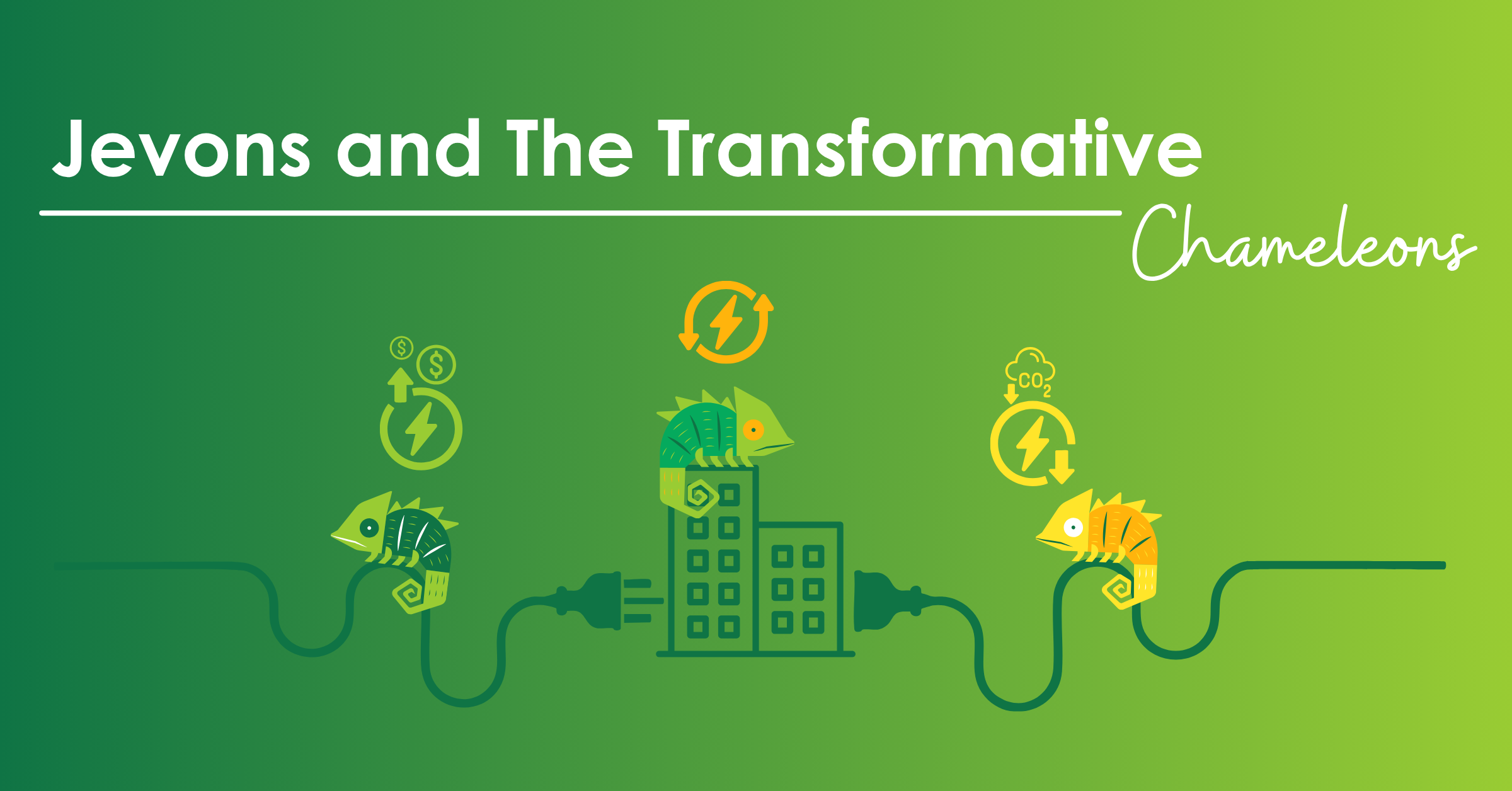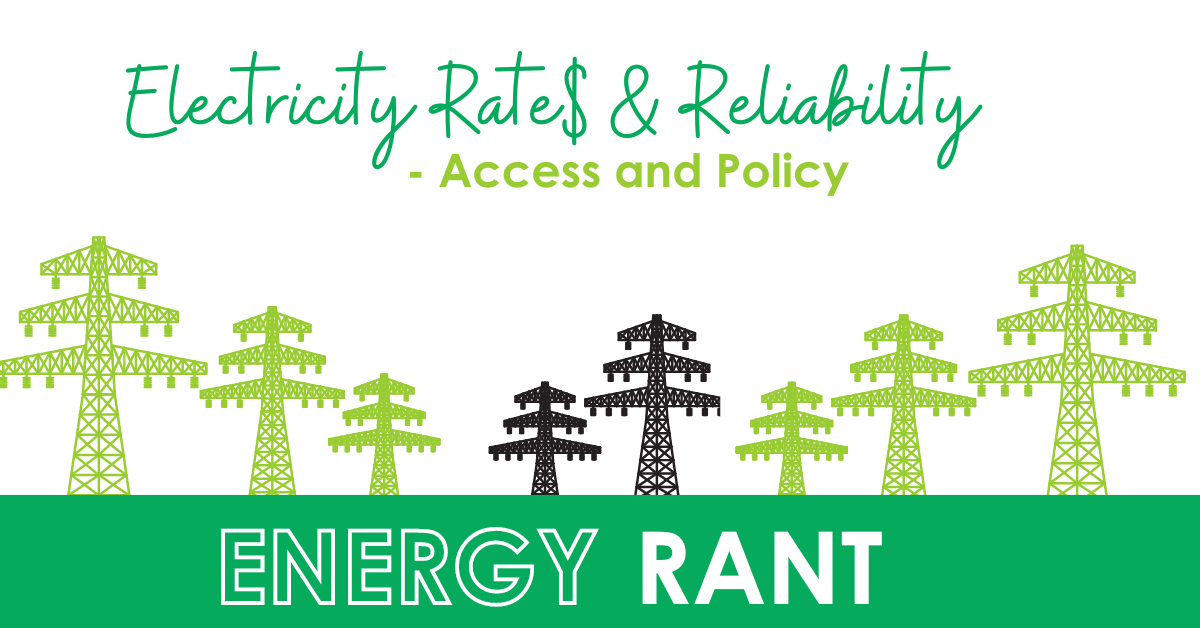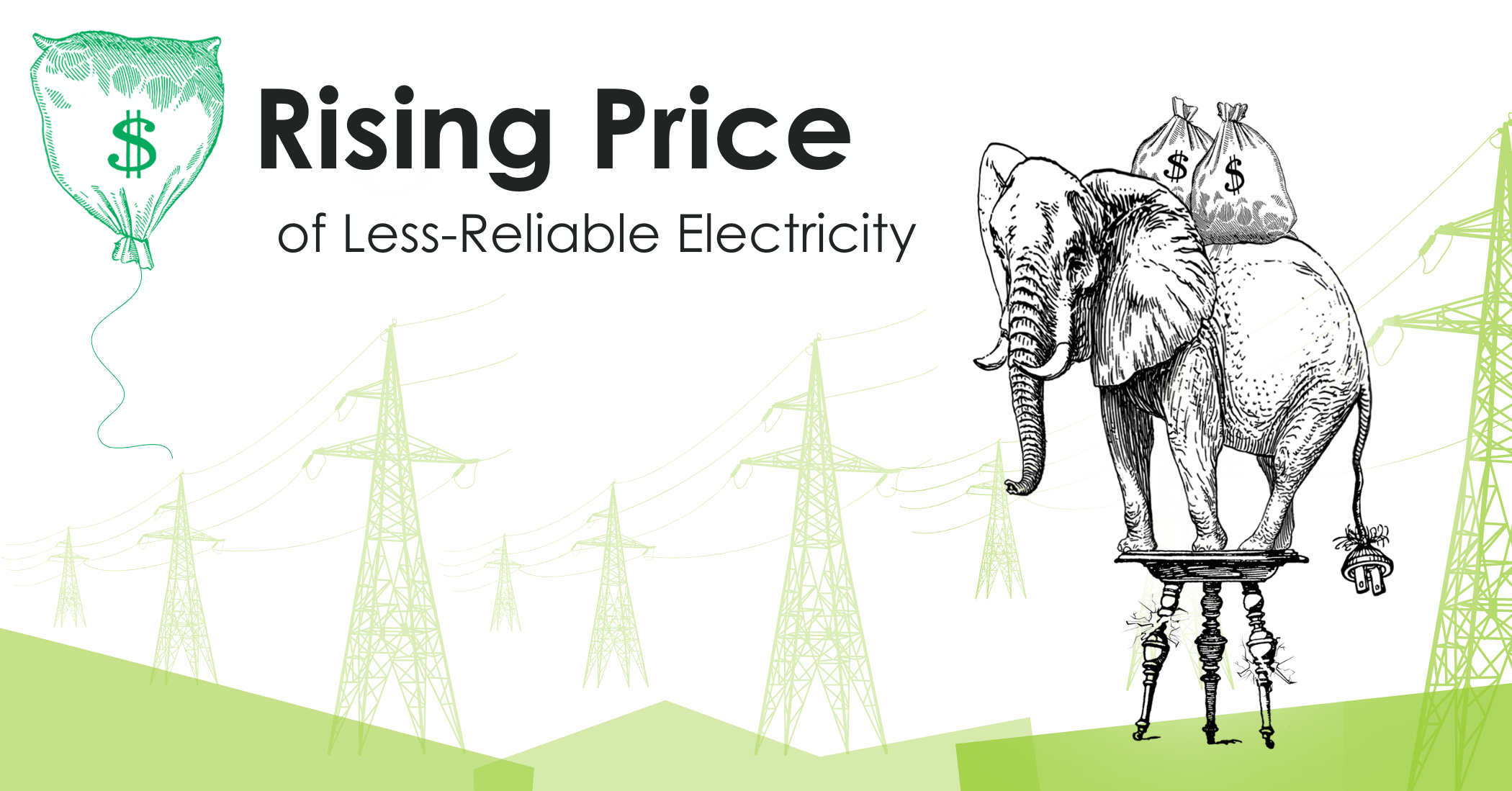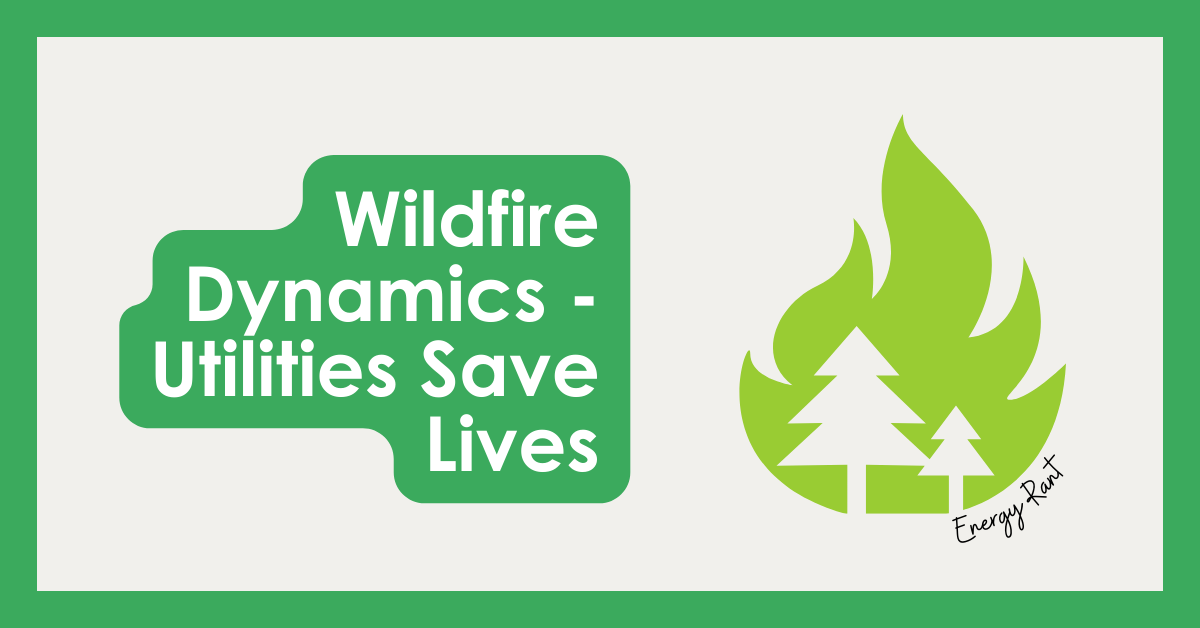
by Jeff Ihnen | Mar 18, 2025 | Energy Rant
Four years ago, in the Four Horsemen of the Rebound, I lampooned what is known as Jevons’ Paradox. A paradox is a statement of contradiction or puzzle. For example, I remember Zeno’s Paradox from my goofy philosophy professor in college. Our class discussed...

by Jeff Ihnen | Jul 29, 2024 | Energy Rant
For 50 years ending in 2000, electrical loads in the United States expanded at an average of 5.1% per year. For the next 20 years, the growth was essentially zero. Projections for the coming five years are roughly 1% per year (compounded annual growth rate, CAGR)....

by Jeff Ihnen | Jul 19, 2024 | Energy Rant
“Americans used to spend little energy worrying about whether the lights would come on at the flick of a switch, or how much that electricity cost. For a growing number of people, those days are over.” Those are the first two sentences of an article published in The...

by Jeff Ihnen | Apr 16, 2024 | Energy Rant
In this week’s rant, we are excited to include an epilogue written by Michaels Energy employee, Andrea Salazar. Read on to hear her story! In 2023, I wrote that Americans are moving into regions susceptible to wildfires, heat, droughts, and floods because...

by Jeff Ihnen | Jun 27, 2022 | Energy Rant
When I was a kid, maybe in junior high, we were assigned a project to describe, step by step, how to make a peanut butter and jelly sandwich. After moment of, “huh,” I understood the task and purpose of the assignment. There isn’t enough of this type of assignment in...






